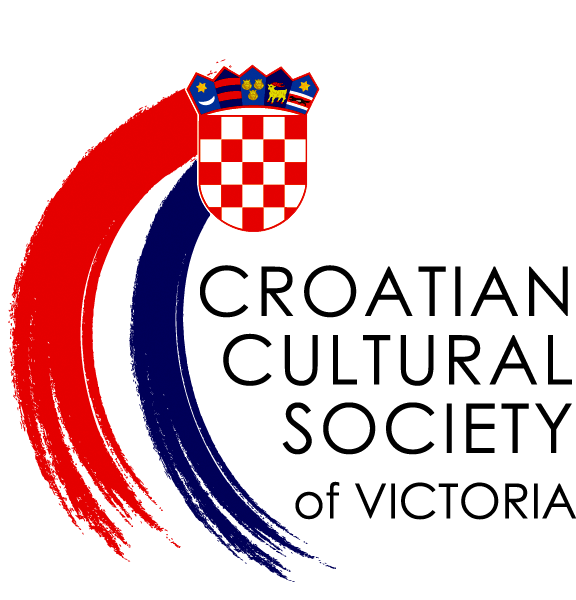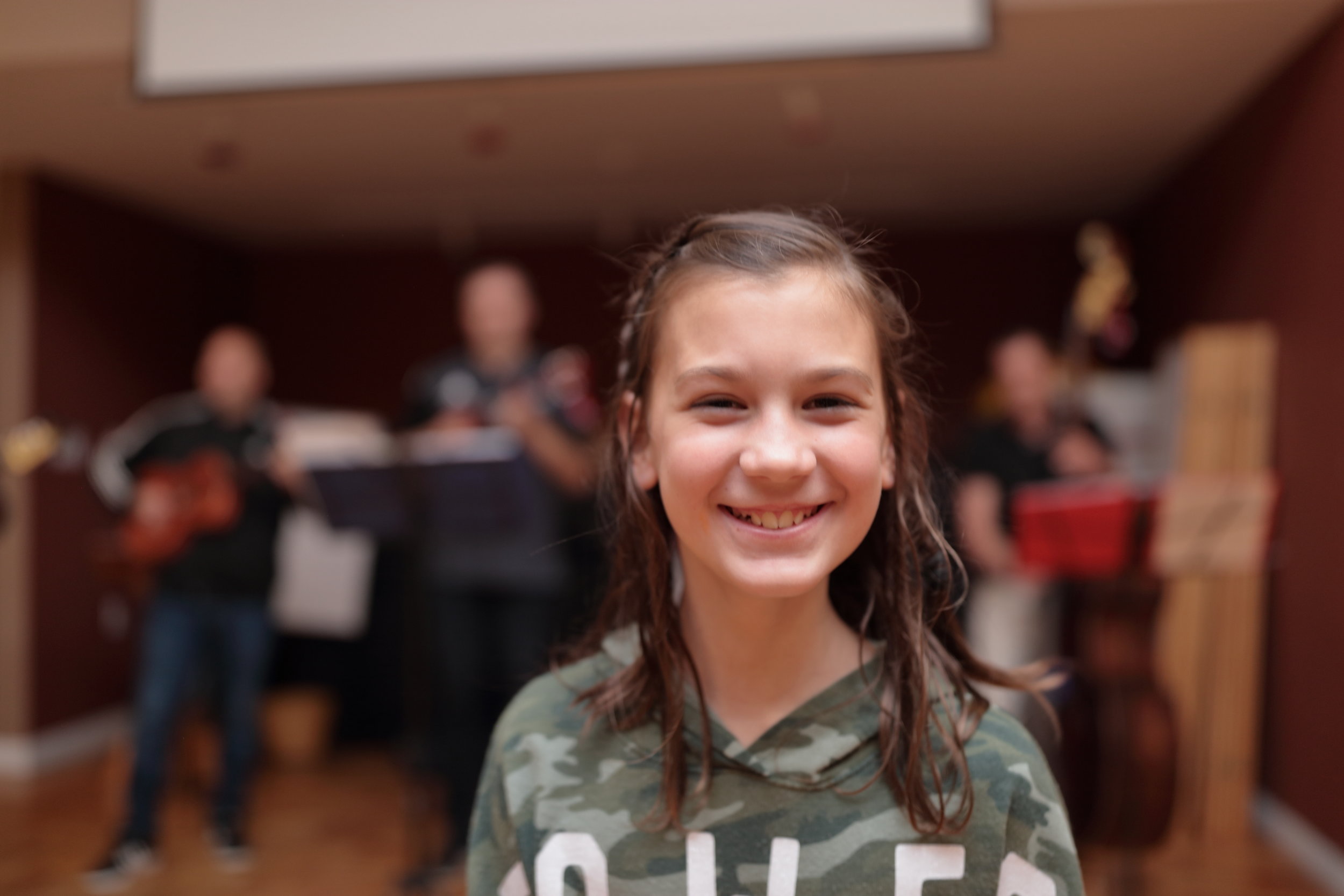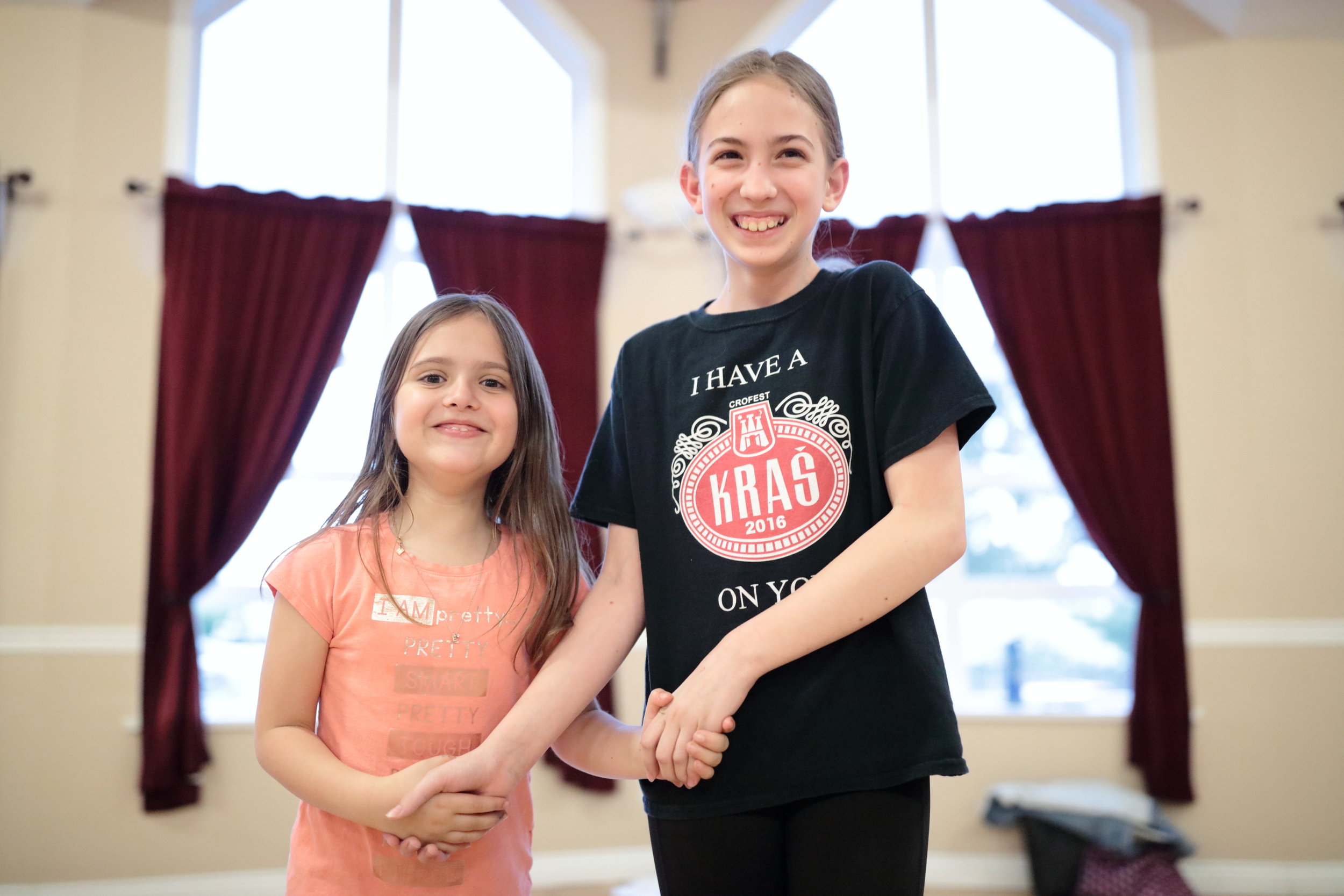Folklore Music & Dance
The sounds of the tamburitza can be heard filling the room played alongside a family of string instruments. The result is a well balanced and harmonious sound where instruments and vocals are equals.
join our RHYTHM
Want to discover Croatian dance and music? Join the fun and be part of the family. Everyone is welcome to join!
Contact Us!
Upcoming Classes & Events
Folklore Music and Dance
The wealth and variety of folklore in Croatia is attributed to its history of politically separated regions. That is, because the regions were separated, they experienced different cultural and religious influences. Ivan Ivančan, a prominent expert on Croatian folklore, states that there are four major regions in Croatian folk music and dancing: Alpine, Pannonian, Dinaric, and Adriatic.
While there is no agreement on what exactly is included under the term “folklore,” there is no doubt that folk dancing and musical instruments are included.
The most popular folk dancing in Croatia is the “kolo” or circle dance. These dances are usually accompanied by instrumental music, sometimes with singing, or a combination of the two. Dancers wear colorful and beautiful folk costumes.
The Alpine region covers the northwestern portion of Croatia. Better-known dances from this part of the country include Balun (Istria), Stari čardaš (Međimjurje), Turopoljksi drmeš (Banija), and Grizlica (Podravina).
Most of the dances from this region are done in pairs and all of them move in a “westward direction” (clockwise). Dances are accompanied by string instruments, but along the Slovenian border, accordions and trumpets are also used. Usually, there is no singing during the dance in this part of Croatia.
The Pannonian folklore region includes most of Northern Croatia – parts of Međimurje and Podravina, Slavonija, Bačka, Srijem, parts of Northern Bosnia and the regions around the rivers Una and Kupa. The region is known for its wealth of lively dances, fast music, and multicolored and richly embroidered costumes. Dancers are lined up in two rows or they dance in pairs, but most times the two forms are combined. In some parts of eastern Croatia, the ‘westward’ and ‘eastward’ directions are often interchanged.
The regions of Kordun, Banija, Pokuplje, Lika, the Dalmatian islands, and Bosnia and Hercegovina belong to the Dinaric folk dance region. A very hard village life and a centuries old struggle with nature and foreign invaders left a lasting mark on the folklore of this area. Most of these parts of Croatia were under Turkish occupation and a fusion of ‘east and west’ is visible in their folklore.
The Dinaric dances are very lively. In most cases, one pair of dancers separates itself from the group and challenges the rest either by word or by performing difficult dance moves. The male steps are characterized either by strong tapping or by high and wide leaps in the air. Most of these dances have a dance leader who directs the moves.
The dances of the Dinaric region could be divided based on religious affiliation. Moslem Croatian dances, for example, represent an interesting phenomenon in the Slavic and European folklore because they are a harmonious combination of the native and Eastern folklore. Among the best-known dances from the Dinaric regions are Ličko kolo, Glamočko kolo, Vrličko kolo, Sinjsko kolo, Kupreško kolo and Trusa (or Truska).
The Adriatic folk dancing region stretches from the Bay of Kvarner to the Bay of Kotor. It includes the seacoast and the islands. The folk dancing in this area can be divided into two sub regions: Northern and Southern Dalmatia. In the northern parts, most times dancers stand in two lines: the men on one side and the women on the other. In the southern region, most of the dances are done in pairs. In both areas, the role of the dance leader is very important – in the north, the leader is the “first man of the dance,” leading the dance and directing the entire group. In the south, the leader gives orders to the dancers verbally, indicating the duration of each of the dance parts. Sometimes he is the first one to change the step and others follow, or he shouts the changes.
Dances from the Adriatic region include Šotiš (the word itself comes from Scottish), Tanac (Krk, Cres, Lošinj), Kolo (Novi Vinodolski), Kolo na tkanicu ((Uglanj), Pržumera (Šolta), Traškun (Hvar), Linđo and Brsaljera (Dubrovnik region).
Music
Music is also a very important part of Croatian folk dance. A rich variety of instruments are used in Croatian folk music. Although drums and wind instruments are used, string instruments most often accompany Croatian dances. The tamburica (a long-necked lute resembling a mandolin) is the Croatian national instrument, which likely originated in Croatia’s ancient homeland – today’s Iran and Afghanistan.
There is an entire family of tamburicas, and each has a special role in an orchestra.
The tamburicas that usually make up an orchestra include the Prim or Bisernica (three of them voiced in three parts), Brač (also three of them), Čelo Berda(bass) and Bugarija. Other instruments often used in Croatian folk music are the violin, šargija (Bosnian), samica (Lika), and lijerica (southernmost part of Croatia). Gusle, a one-string fiddle, accompanies the player in his singing of epic songs.
The best-known Croatian wind instruments are sopile (Istria), jedinka (a wood instrument resembling a flute) and dvojnice (a single and double whistle flute), diple, gajde, and dude (played as a bagpipe). The accordion is often played in Bosnia and in some parts of Dalmatia, as well as the harmonica in certain parts of Bosnia and Hercegovina.
Costumes
Just as they have a diversity of dances, Croatians also have a variety of national costumes. Although there are some common characteristics in Croatian national costumes, each region and even every district has its own original embroidery designs and colour combination.
Croatian national costumes, especially in the northern regions, are known for their exquisite embroidery and cheerful colours. Multi-coloured threads are used to create a beautiful piece of folk art. Lively music, a variety of dance steps, and colourful costumes blend harmoniously to offer an attractive picture of Croatian folklore.
The female’s national dress (kolo outfit) generally consists of a plain white dress or blouse (košulja) or underskirt (skutići), which is usually the basic form of the costume. It is then added with other clothing and decorations, which may include another overdress or skirt (kotula), a decorative jacket (djaketa, paletun or koret), apron (ogrnjač or pregjača), scarf (ubrsac), kerchief or shawl which are usually decorated with a floral or animal motif. The embroidery is very intricate and is usually red, white, blue, gold, or black.
Her jewellery, ranging from necklaces, earrings, bracelets, and rings could consist of gold, silver, beads, pearls, or even corral from the Adriatic. Hair is interwoven into one or two braids and decorated with red ribbons for girls or women that are unmarried, while married women wear woven or silk kerchiefs on their heads.
Costumes of brides consist of a crown or wreath often made of flowers (vijenac) and large amounts of jewelry. The woman’s head could be adorned by a kerchief, cap, or a headdress, the most famous being the headdresses worn by the women from the Island of Pag. The amount of paraphernalia a woman is adorned with, either very much or rarely any at all, depends on the region. Completing the costume are stockings (bječve) or knee-high socks, and boots or a special kind of sandal called opanci.
The male’s national dress usually consists of loose, wide slacks (gače široke) and a shirt, and both are usually either black or white, or both. The man may wear a decorative or plain vest (fermen or jačerma) over his shirt and/or a waistcoat. The man almost always wears a cap, varying in shape and design depending on the region. The most famous cap is perhaps the Lika cap, which has been worn in the Lika region for centuries. Footwear, like the women’s, consists mainly of boots and sandals. Because of the weather, certain places may have woolen vests, cloaks, coats, or fur for the colder regions, and silk and light linens for the warmer climates.
Croatians outside their homeland zealously guard their national music, dances, and costumes. Wherever Croatians live they organize folk dance groups and tamburica orchestras. One of the largest Croatian folk festivals attracting over a thousand dancers and tamburica players takes place in Canada every year.
What all Croatians outside their homeland share, from those in nearby Austria to those in faraway Australia, is a love for the beautiful music and dances of their ancestors. This love for the Croatian national heritage is also a powerful link with the land of our forefathers.









